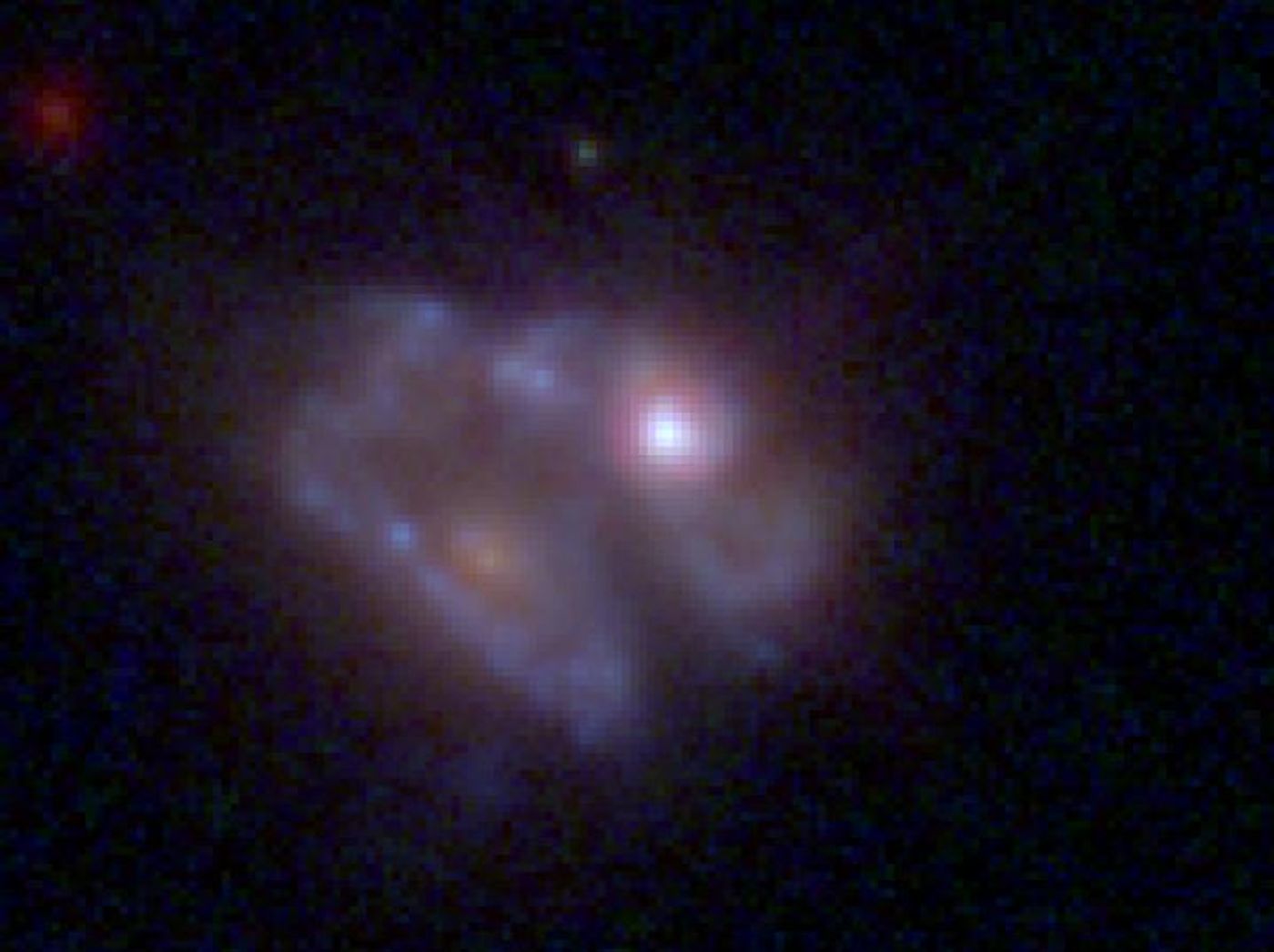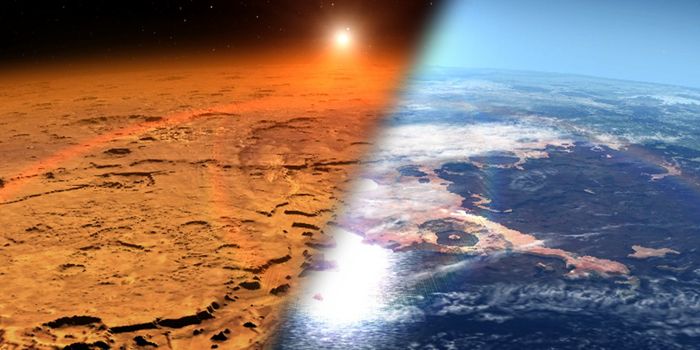Why Do Some Galaxies Stop Producing Stars?
If you were to examine outer space with a powerful telescope, you’d see a bevy of distant galaxies containing uncountable amounts of stars. While it’s no secret that other galaxies contain stars of their own, one question that continues to riddle astronomers today is why some galaxies halt star production after some time.
Image Credit: KU News Service
One theory is that centralized supermassive black holes may devour much of the molecular hydrogen in said galaxies, doing away with the fuel used to produce young stars.
But a new study published this week in the Astrophysical Journal challenges the idea above after researchers allegedly discerned a string of galaxies where star production stopped for reasons unrelated to a centralized supermassive black hole.
"We see plenty of galaxies that don't form stars," said Gregory Rudnick, a co-author of the study from the University of Kansas.
"For whatever reason, they don't have much gas in them so they can't make new stars. The big question is why. Why do some galaxies shut off? When they shut off, they're left with the stars they already have, but they don't make new ones."
Related: Astronomers spy a supermassive black hole at the center of an ultracompact dwarf galaxy
As it would seem, this peculiar string of galaxies resides around 6 billion light-years away from Earth, and they don’t contain any supermassive black holes. Nevertheless, these galaxies are reportedly losing star-forming molecular hydrogen at unprecedented rates for unexplained reasons.
"Our research has found this kind of galaxy that has gas being blown out of it at thousands of kilometers per second (that's over 3,500 times faster than a jet plane), but there's absolutely no evidence of any kind of gas falling into a black hole," Rudnick added.
"So, there's a question of whether or not that black-hole process is required or if there are other ways of doing it. You realize, 'Wait a minute, the universe isn't that simple.' This could tell us really new and cool things about how galaxies evolve."
Related: Astronomers discover an ancient galaxy megamerger
A closer look at what was going on with the Hubble Space Telescope revealed what might be the answer: charged light particles emitted by current stars may provide enough of a push to expel molecular hydrogen gas out of the galaxy.
While you wouldn’t expect this to happen under normal circumstances, these six galaxies exhibit anything but what astronomers would consider normal. In fact, they contain incredibly dense star clusters that produce concentrated light. This provides more push than, say, greatly-spaced stars.
"When you condense an entire Milky Way into a small spot because of a merger of galaxies, it can cause hundreds of billions of stars to be in a very compact place," Rudnick concluded.
"When that happens, you can put enough light into a small enough space, and that can be enough to push all of the gas out of a galaxy, with no extra energy needed from gas falling into a supermassive black hole."
While it seems like a viable theory, it goes without saying that more validation is required before it can be scientifically accepted. The team is planning additional research with several other space observatories to discern whether the theory holds any water.
But at first glance, it certainly seems like the astronomers could be onto something…
Source: EurekAlert, Astrophysical Journal









